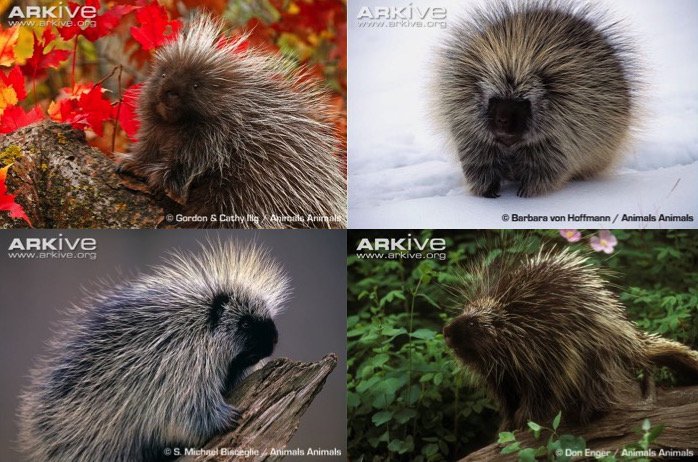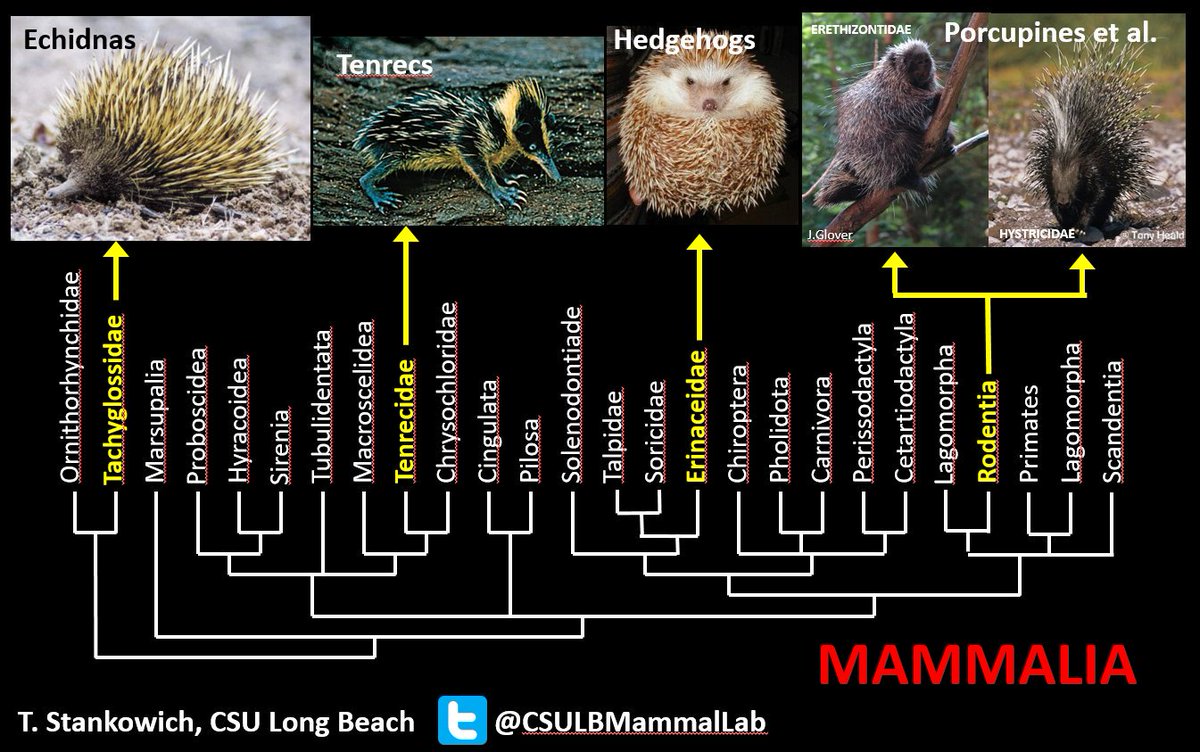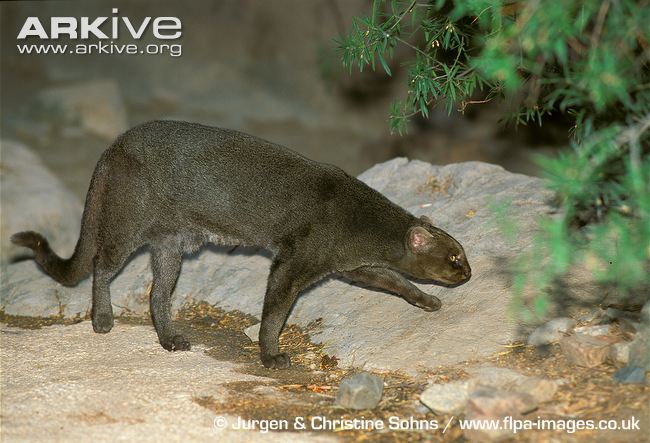NEXT UP: 8th seeded Bothrops asper (Terciopelo or Lancehead) vs. 9th seeded Theraphosa blondi (Goliath Tarantula or Goliath Bird-Eating Tarantula) #2018MMM
AKA, THE GREAT VENOM BATTLE OF 2018!! We've seen a lot of venom tonight. Who's ready for more?? #2018MMM
First, a brief review of venomous vs poisonous. Both competitors in this match-up are venomous #2018MMM 
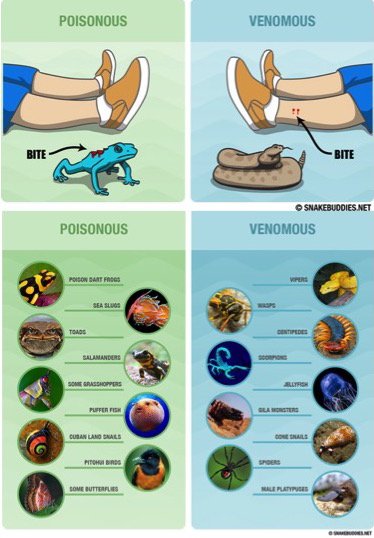
Bothrops asper are pit vipers & their venom is incredibly potent. The venom spreads quickly from the site of the bite & can cause pain, swelling, excess bleeding, blisters, tissue death, &, if not treated, death of the organism sciencedirect.com/science/articl… #2018MMM
Thanks to their cryptic habits (aka, camouflaged; travel.mongabay.com/topics/new/fer…), bites from these snakes are common across their distribution (Mexico & Central & South America). With their ~1 inch fangs, Bothrops asper pack a lot of venom into each bite #2018MMM 
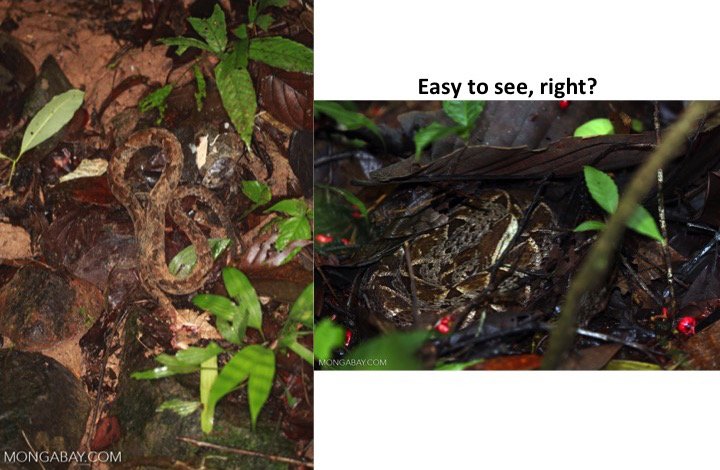
Bothrops asper, the ultimate pitviper (Hardy 1994), is definitely a #DangerNoodle & #NopeRope jstor.org/stable/2388809… #2018MMM
Goliath Bird-Eating Tarantulas use their venom to paralyze prey (by killing skeletal muscle cells). The venom is not harmful to humans & bites feel similar to wasp stings link.springer.com/chapter/10.100… #2018MMM
The fangs of these tarantulas measure ~1 inch, to better inject venom & digestive juices into its prey. Despite their name, Goliath Bird-Eating Tarantulas rarely feed on birds. More often, they feed on invertebrates & small vertebrates sciencedirect.com/science/articl… #2018MMM
"Goliath", however, works. Look at these beauties! The Goliath Tarantula is the heaviest spider in the world (up to 175 g; almost a stoat! #stoatsasmeasurement), & one of the largest in terms of leg span #2018MMM 
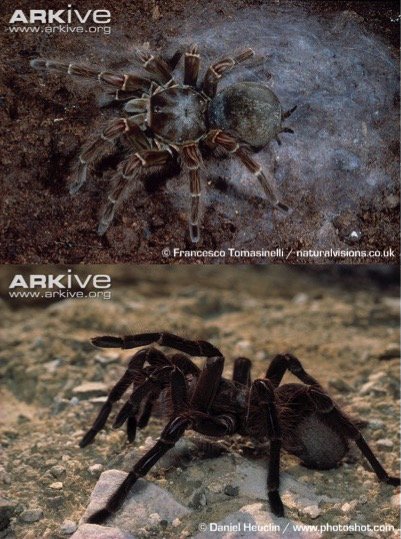
How big are Goliath Tarantulas, really? Comparisons are made to dinner plates! For reference, here are pictures of a Brazilian Salmon Pink Bird-Eating Tarantula (13-yr old female named Martha) from @bug_gwen #ActualLivingScientist. Goliath Tarantulas are EVEN bigger #2018MMM 

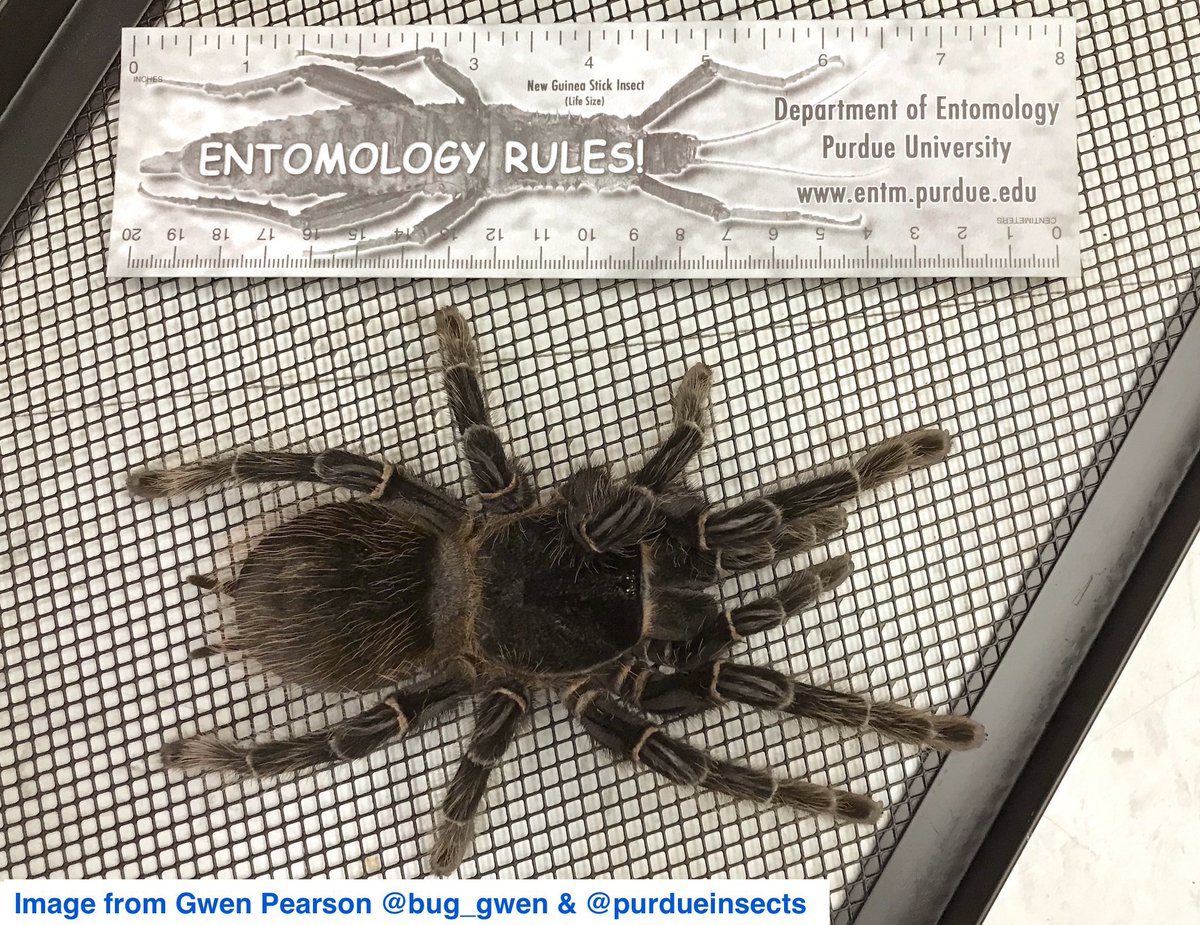
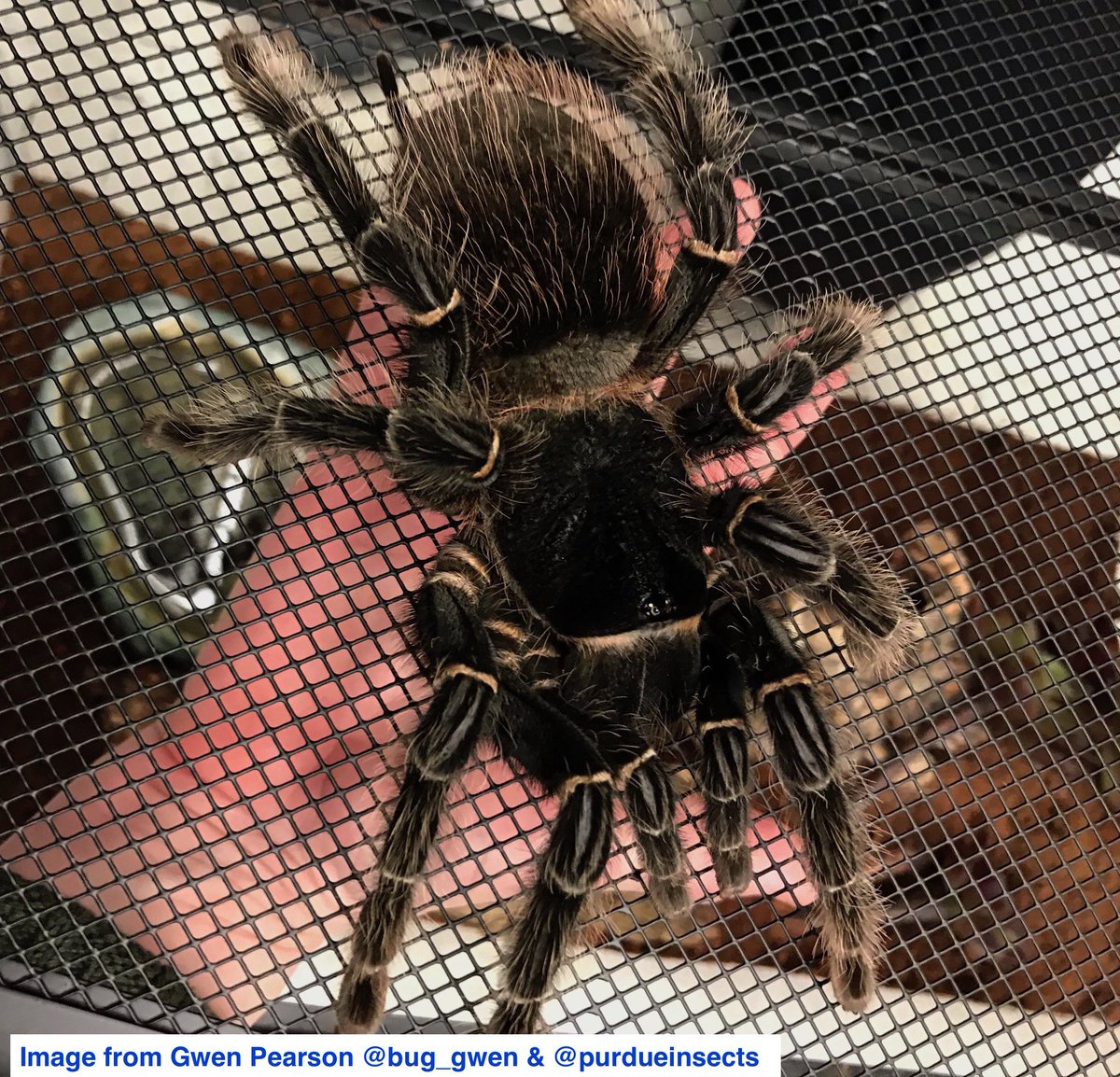
Our battle this evening is where the Bothrops asper & Goliath Tarantula co-occur (what scientists term "sympatric"): the humid Orinoco Basin rainforests of Venezuela (same destination as our first battle by @am_anatiala) #2018MMM 

Both of our competitors prefer high humidity environments, are active at night, & primarily ambush their prey. Bothrops asper tend to ambush from a coilled position; Goliath Tarantulas ambush from underground burrows #2018MMM
It is a warm evening; our Bothrops asper does not like its current ambush site. Our slender, 2 ft snake moves to a new, & more exposed, foraging site ~30m away jstor.org/stable/2049255… #2018MMM
The Goliath Tarantula is sitting in wait near the entrance of its silken-lined burrow (Bates 1863; Striffler, J of the British Tarantula Society, 2005) video.nationalgeographic.com/video/tarantul… #2018MMM
Our Bothrops asper is not yet fully grown, & prefers ectothermic prey. Younger Bothrops asper also deliver extremely potent venomous bites #2018MMM
The Bothrops asper slithers in the vicinity of the Goliath Tarantula burrow. While on the move, the snake uses its loreal heat-sensing pit to detect prey. It is completely unaware of the Tarantula, slides over the silken tripwire, & alerts the spider of its presence #2018MMM
The Goliath Tarantua attacks! Bothrops asper coils in defense & makes a defensive strike in response #2018MMM
But our Bothrops asper misses! #2018MMM
The Goliath Tarantula delivers a venomous bite near the head of our Bothrops asper! I'll let Rick West 1992 (Beware Blonde Snake-Eaters, Forum of the American Tarantula Society) explain what happens #2018MMM 

This video is pretty much a re-enactment of the battle, although the tarantula here is the same as one imaged earlier in the battle (Brazilian Salmon Pink). Remember, the Salmon Pink Tarantula is SMALLER than the Goliath Tarantula #2018MMM
GOLIATH TARANTULA EMULSIFIES BOTHROPS ASPER!!! #2018MMM
• • •
Missing some Tweet in this thread? You can try to
force a refresh



